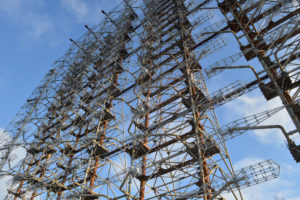Terrorism Thrives in Pakistan
According to a newly released State Department report, Pakistan experienced twice as many terrorist attacks against nonmilitary targets in 2007 than it did in 2006, killing 1,335 people. That kind of instability would be pretty frightening if Pakistan had dozens of nuclear weapons. Oh, wait a second, it does.
According to a newly released State Department report, Pakistan experienced twice as many terrorist attacks against nonmilitary targets in 2007 than it did in 2006, killing 1,335 people. That kind of instability would be pretty frightening if Pakistan had dozens of nuclear weapons. Oh, wait a second, it does.
Your support matters…New York Times:
Terrorist attacks against noncombatants more than doubled in Pakistan from 2006 to 2007, reflecting the growing violence in the country’s turbulent tribal areas and new bombings against Pakistani government officials and security services, according to a report released Wednesday by the State Department.
The report also said the number of deaths from the attacks in Pakistan quadrupled in that time period, to 1,335 fatalities, casting doubt on the American-backed counterterrorism policies of President Pervez Musharraf that the new government in Islamabad is now reshaping.
The new statistics show that terrorist strikes against nonmilitary targets worldwide remained virtually unchanged in 2007 from 2006, at roughly 14,500 attacks, but the number of deaths from those attacks increased to 22,685 from 20,872, according to statistics compiled by the National Counterterrorism Center.
Independent journalism is under threat and overshadowed by heavily funded mainstream media.
You can help level the playing field. Become a member.
Your tax-deductible contribution keeps us digging beneath the headlines to give you thought-provoking, investigative reporting and analysis that unearths what's really happening- without compromise.
Give today to support our courageous, independent journalists.






You need to be a supporter to comment.
There are currently no responses to this article.
Be the first to respond.